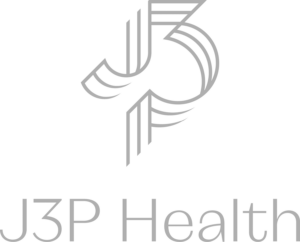When I started my first real job in radiology, I was 19 years old, 5’2”, and maybe 100 pounds soaking wet. My patients all thought I was a “candy striper” and were very surprised when I wasn’t replaced by the actual technologist for their exams. I quickly moved on to work in the Cardiac Cath Lab, where I spent the bulk of my career. At the time, there weren’t any stents, IVUS, lasers, drug-eluting balloons, or FFR. We only had one very large intra-coronary balloon in limited sizes, and maybe three wires to choose from. The only appropriate use was for straight-forward proximal lesions without tortuosity. We sent quite a few patients to the operating room…
Thankfully, there has been an aggressive evolution in the industry since then.
Throughout this evolution, one important thread remains consistent: communication and teamwork. Obviously, nothing has more power over the success or failure of a program than communication, yet it is one of the most challenging hurdles to overcome. Too often hospital departments operate as islands, as independent entities within a system of islands. Each department functions within their guidelines and procedures unique to their area, and feel disrupted when another equally-independent department collides with their processes.
We have seen the growth of hospital networks within a common system, but for the most part, hospitals outside of their networks also work independently, each vying for market share. Understandably, healthcare is a major business providing countless jobs and revenue, but while looking at the financial picture, one must remember what the real bottom line is. Why are we here in the first place? A good way to understand this is to never forget the look in a person’s eye when you tell them not to worry. To give the highest level of care to their loved one as if they were your own.
The exponential growth of technology and research in medicine has exceeded the capacity of healthcare facilities and the individuals working within them to keep up. We have the ability and knowledge to do more, but the resources aren’t available. We can no longer manage on an island, but rather need to pull together as a team to share resources and knowledge. In my experience, the Cath Lab has taught me the value of a team approach with clear and open communication. The very best teams have developed communication where they work as a single entity. In fact, there is even a level of nonverbal communication as the members work as one mind: always aware of each other’s needs while working towards one common goal. If one team member cannot complete a task, another will step in. “Not my job” is an unacceptable excuse within the team, and “not my patient” is unacceptable response to any request for help. Patient safety must remain first and foremost, and the patient’s outcome is completely dependent on the communication of the team, not only in the Cath Lab, but between the units (and other facilities in the case of transfer).
Into 2021 and beyond, we will no doubt continue to witness improvements as larger healthcare networks embrace technology and create pathways that open communication between facilities. Internally, facilities have adopted quality improvement plans to improve patient outcomes across the continuum of care. In the history of our industry, we’ve never had the resources of hyper technology that exist today, and we need to embrace this new era. With a holistic approach towards the complexities of treatment options and disease processes, keeping the lines of communication open and effective and maintaining a solid team approach to patient care and safety will serve as the key to a successful program.

 company
company 
 (412) 364-8200
(412) 364-8200



























